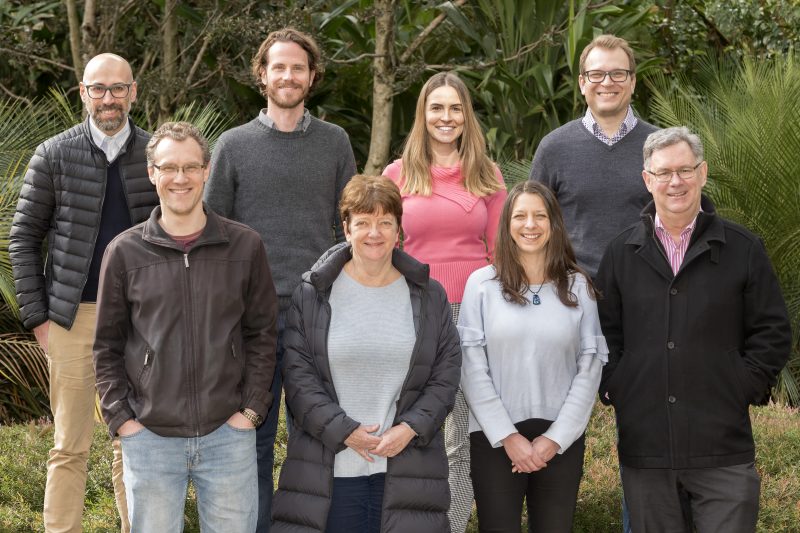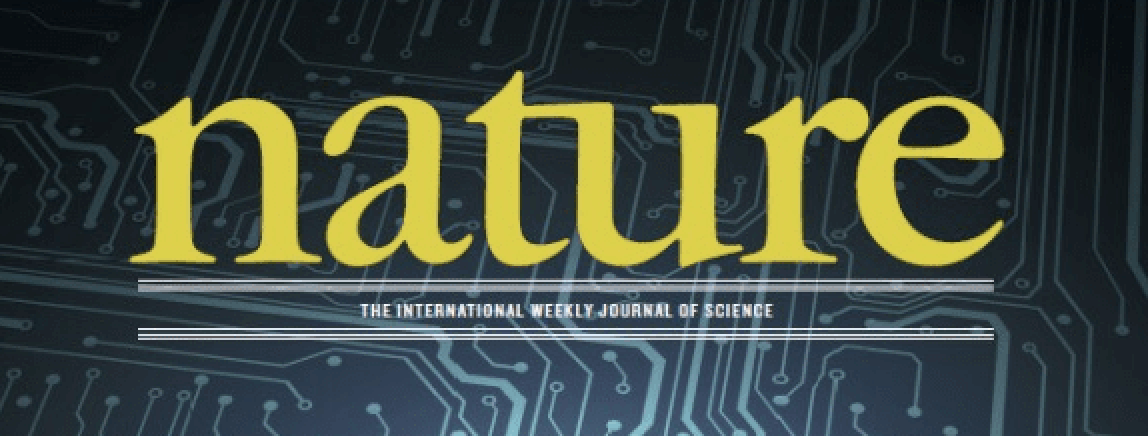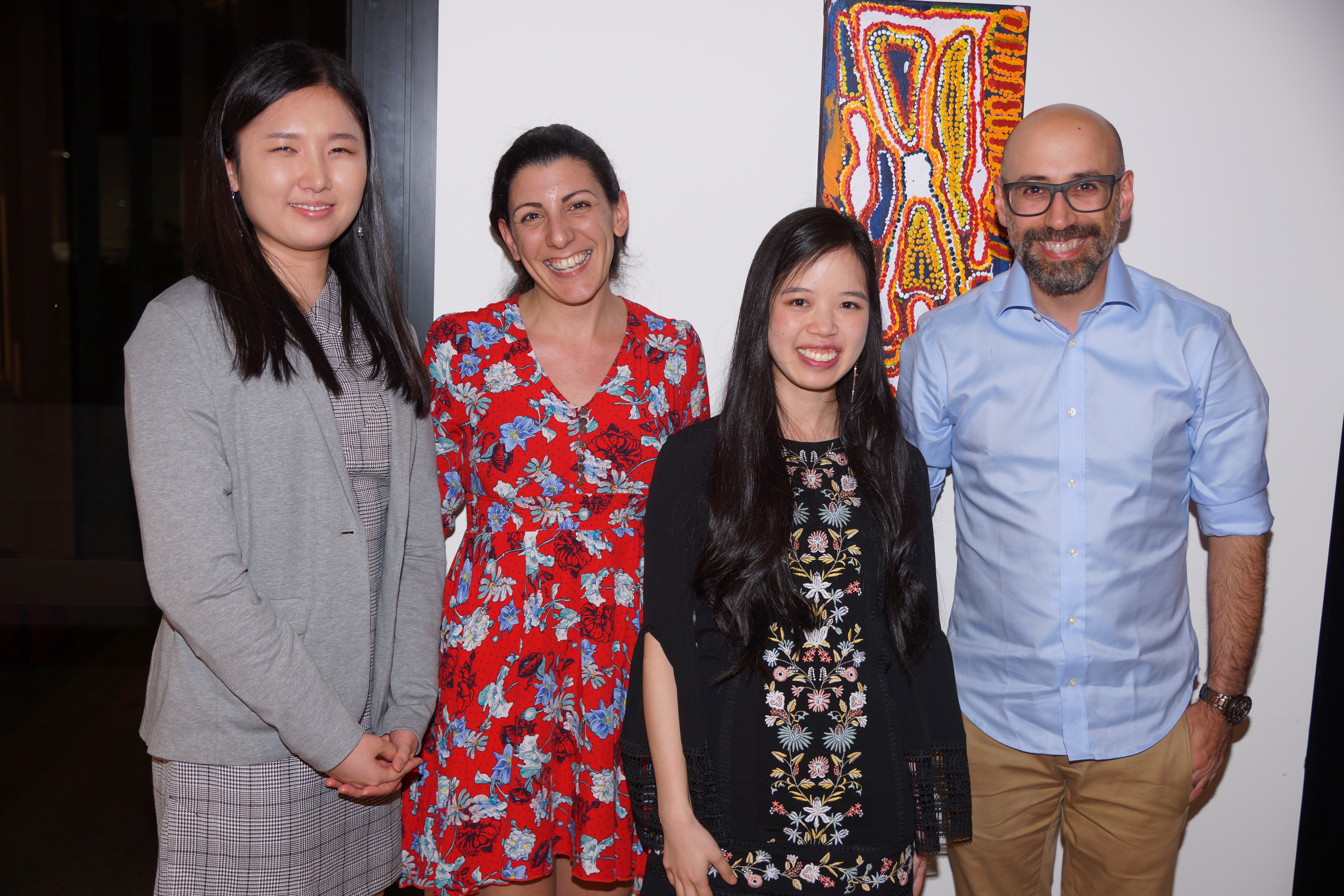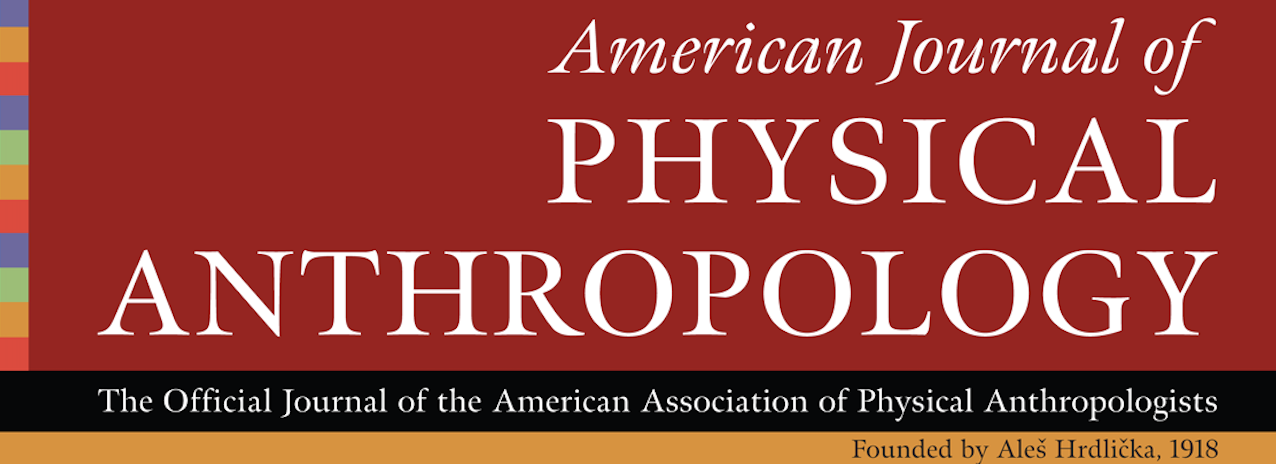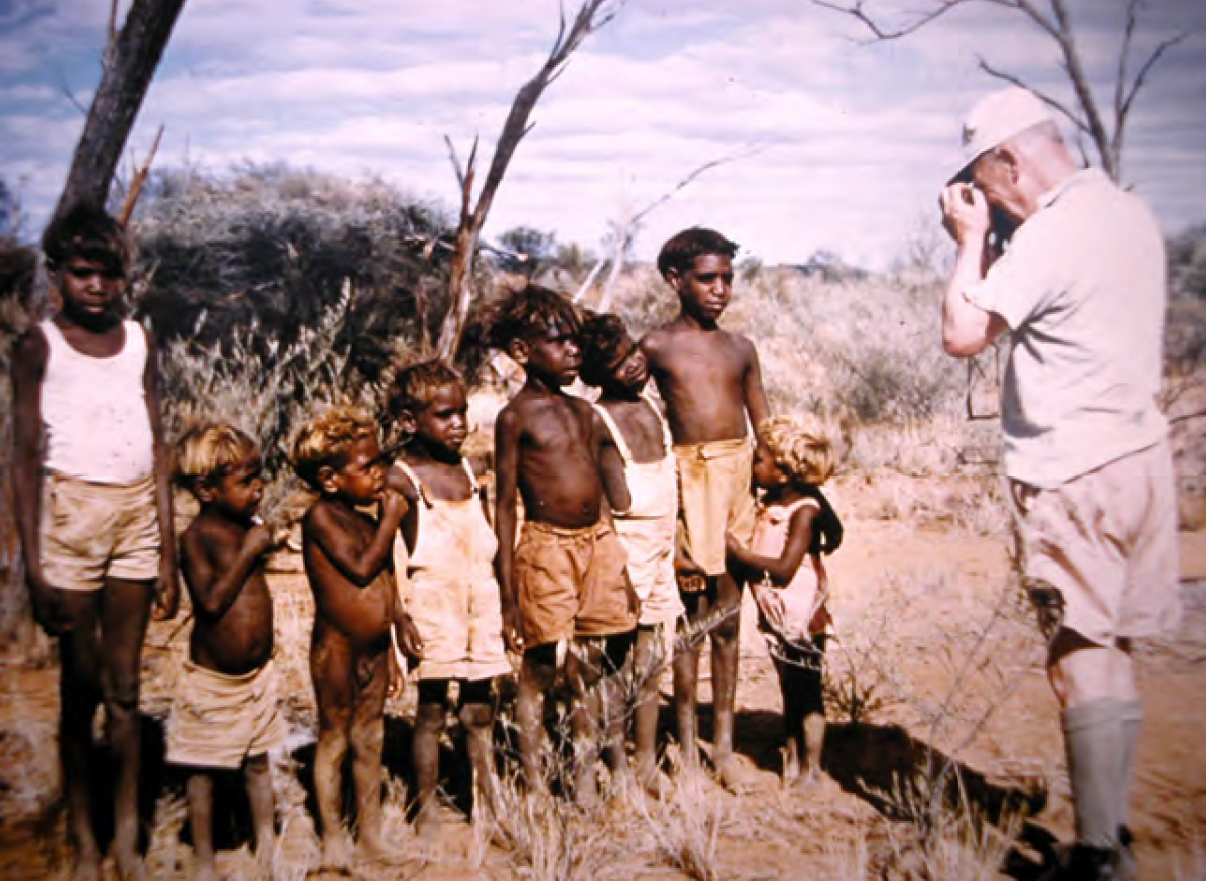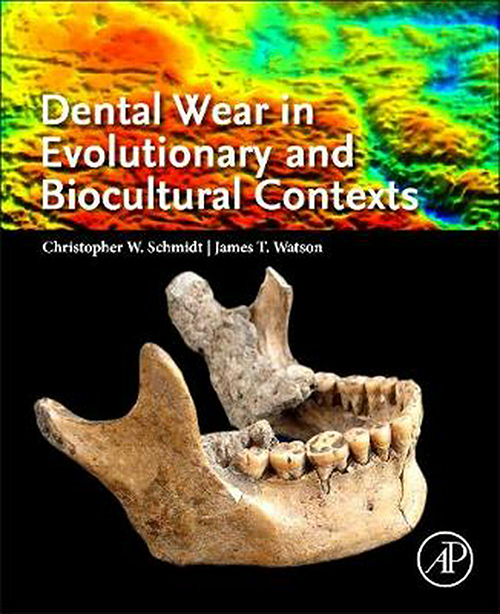
Diet and Cultural Diversity in Neanderthals and Modern Humans from Dental Macrowear Analyses
Our latest work on Diet and cultural diversity in Neanderthals and modern humans from dental macrowear analyses is finally available at Elsevier: https://www.elsevier.com/books/dental-wear-in-evolutionary-and-biocultural-contexts/schmidt/978-0-12-815599-8 It is part of a book titled Dental Wear in Evolutionay and Biocultural Contexts edited by Christopher Schmidt and James Watson. Dental Wear in Evolutionary and Biocultural Contexts provides a single source for disseminating the current state-of-the-art research regarding dental wear across a variety of hominoid species under a number of temporal and spatial contexts. The volume

